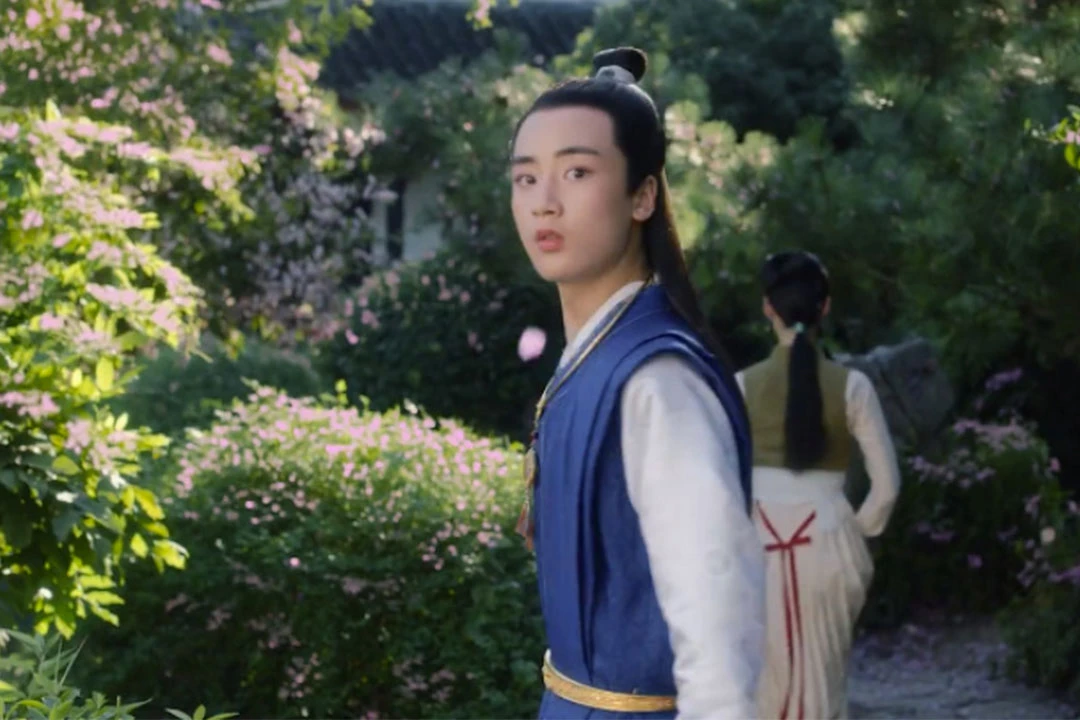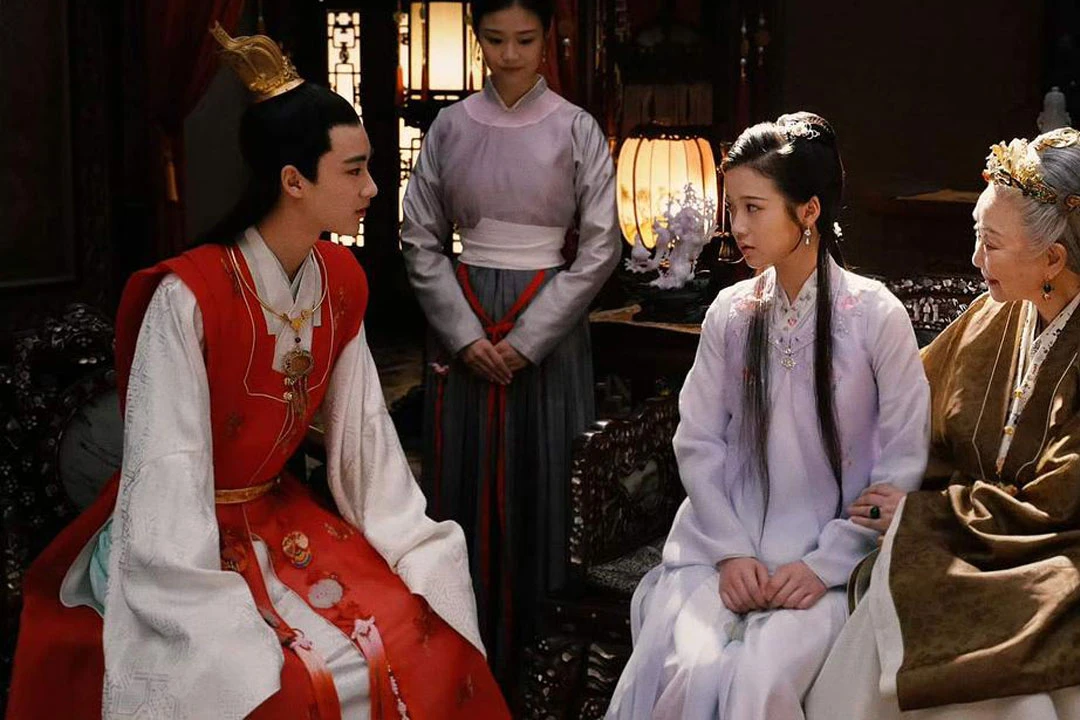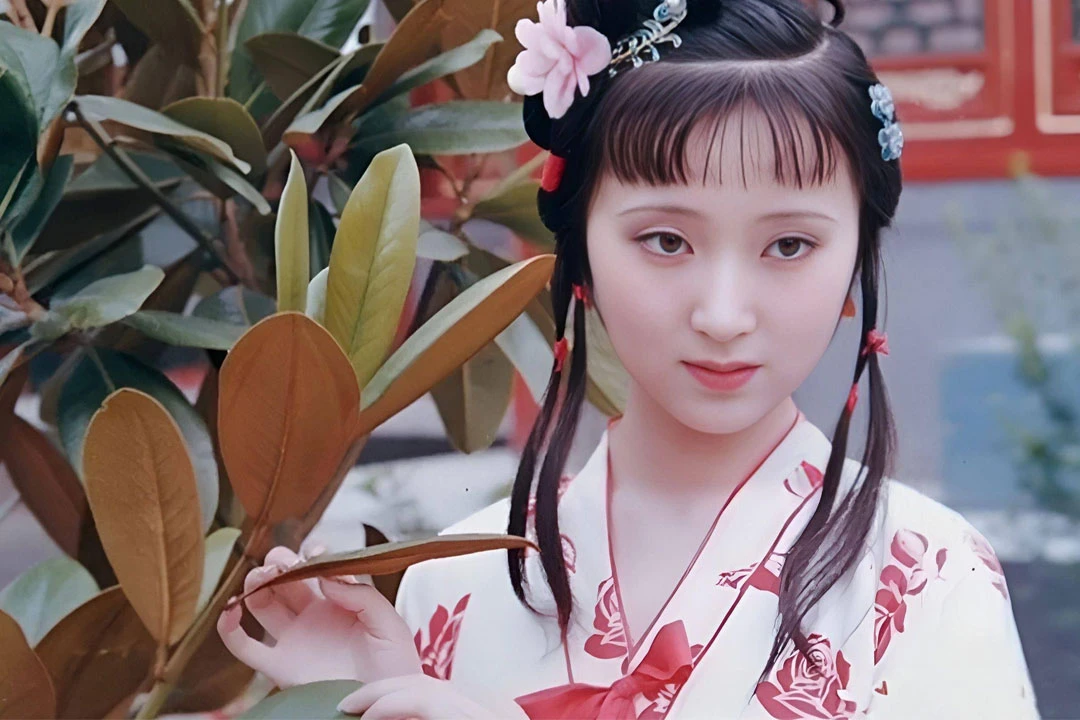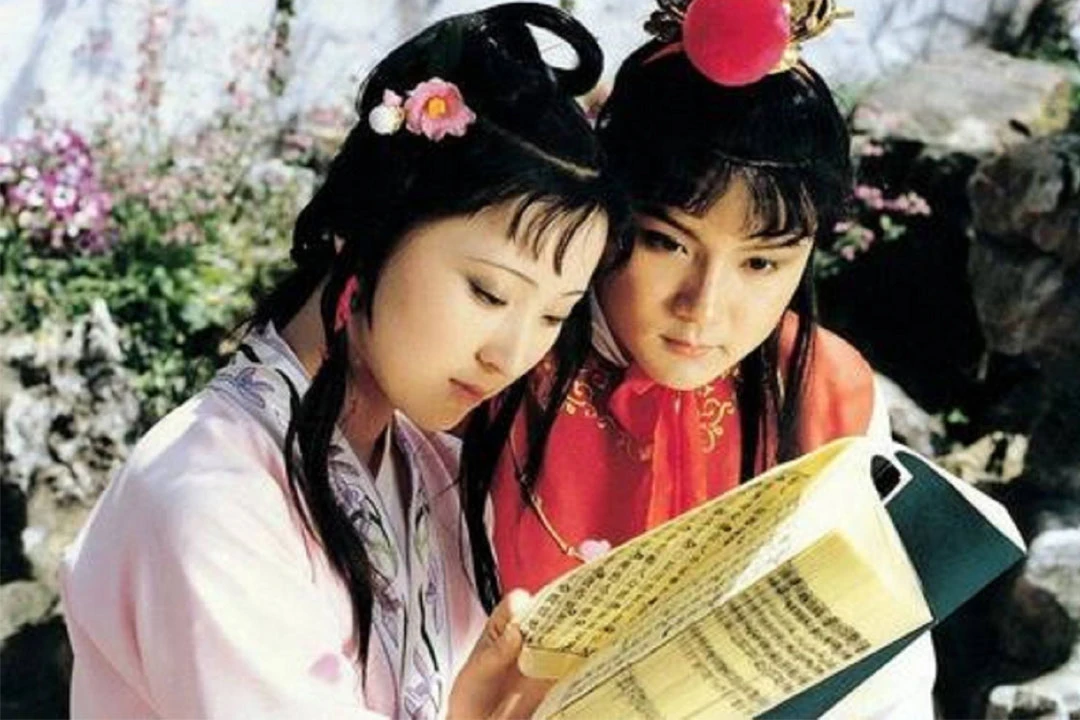"Dream of the Red Chamber" (红楼梦) stands as one of China's most revered literary works, celebrated for its tragic beauty and intricate portrayal of human nature within the context of feudal society. Over the years, this iconic IP has been adapted numerous times across various mediums, yet each adaptation faces the daunting task of capturing the essence of the original while appealing to modern audiences. The latest attempt to bring this masterpiece to the silver screen has generated considerable buzz, but not necessarily for the right reasons.
From the outset, the promotional materials for the upcoming film adaptation of "Dream of the Red Chamber" have sparked skepticism among viewers. Unlike the subtle and nuanced storytelling of the original novel, the film's trailers and posters hint at a more overt and perhaps sensationalized approach. Lines such as "What about the Lin family's money? Let's use it to build a garden!" underscore a departure from the sophisticated narrative style of the novel, opting instead for a more direct and commercially appealing dialogue that risks diluting the profound themes of the original work.
Central to the allure of "Dream of the Red Chamber" is its quintessential Eastern charm, characterized by subtlety and cultural depth. However, the casting choices for the film adaptation have raised significant concerns. Critics argue that the actors selected for key roles do not embody the essence of their respective characters as envisioned by readers of the novel.

Take, for instance, the portrayal of Jia Baoyu (贾宝玉) by actor Bian Cheng (边城). In contrast to the refined and delicate demeanor expected of the character, Bian Cheng's appearance and demeanor are perceived as lacking the aristocratic grace and sensitivity that define Jia Baoyu in the literary canon. This discrepancy not only affects the believability of the character but also undermines the thematic richness of "Dream of the Red Chamber," which hinges on the intricate relationships and societal critiques woven throughout its narrative.
Similarly, the casting of Guan Xiaotong (关晓彤) as Jia Yuan-chun (贾元春) and Zhang Miaoyi (张妙仪) as Lin Daiyu (林黛玉) has also come under scrutiny. Guan Xiaotong's youthful appearance and Zhang Miaoyi's lack of classical beauty and elegance are seen as mismatched to their characters' established personas. Lin Daiyu, known for her ethereal beauty and delicate disposition, traditionally embodies a profound sadness and poetic sensibility that appears at odds with Zhang Miaoyi's portrayal, which critics argue leans more towards a lively and youthful charm unsuited to the character.
Moreover, the portrayal of Liu Laolao (刘姥姥), a beloved character known for her resilience and wit despite her impoverished circumstances, has also drawn criticism. In contrast to previous adaptations where Liu Laolao is depicted as weathered by life's hardships, the film version presents her as significantly younger and more affluent in appearance, thereby undermining the authenticity of her character and the social commentary embedded within her portrayal.
The discrepancies between the film adaptation and its literary source extend beyond casting choices to include costume design and overall aesthetic. Viewers note that the attire and styling of characters fail to capture the elegance and historical authenticity of the Qing Dynasty period in which the novel is set. This lack of attention to detail further distances the film adaptation from the rich cultural tapestry that defines "Dream of the Red Chamber," reducing its impact and appeal to audiences familiar with the novel's intricacies.
In essence, while film adaptations of classic literary works often seek to introduce these stories to new generations, they must strike a delicate balance between innovation and fidelity to the original text. The forthcoming adaptation of "Dream of the Red Chamber," however, appears to have missed the mark in this regard. By deviating significantly from the nuanced characterizations and thematic depth of the novel, and by failing to capture the subtleties of its narrative style and cultural backdrop, the film risks alienating both devoted fans of the original work and potential new audiences alike.
The Essence Lost in Translation
Despite the challenges and criticisms surrounding the upcoming film adaptation of "Dream of the Red Chamber," there remains a glimmer of hope that the final product may still manage to resonate with audiences on some level. However, to achieve this, the filmmakers must address several key areas of concern.
One of the primary issues lies in the interpretation of the novel's central themes. "Dream of the Red Chamber" is not merely a love story or a historical drama; it is a profound exploration of human emotions, societal norms, and the inevitability of fate. The novel's brilliance lies in its ability to weave together intricate character dynamics with biting social commentary, all set against the backdrop of a declining aristocratic family in Qing Dynasty China. Any adaptation must therefore prioritize fidelity to these themes and avoid reducing the narrative to mere superficial drama or romance.
Furthermore, the film adaptation's dialogue and scriptwriting must reflect the poetic and philosophical essence of the original text. Cao Xueqin's (曹雪芹)prose is celebrated for its elegance and depth, using symbolism and allegory to convey layers of meaning. The decision to introduce dialogue that appears more suited to modern commercial cinema risks undermining the intellectual and emotional complexity that defines the novel.
Another crucial aspect is the visual and auditory representation of the Qing Dynasty era. Viewers familiar with the novel expect a meticulous attention to detail in costumes, sets, and overall aesthetic. These elements not only serve to transport audiences to a different time and place but also enhance the authenticity and immersive experience of the story. Inaccuracies or anachronisms in these areas can detract from the film's credibility and fail to capture the essence of the historical period in which "Dream of the Red Chamber" unfolds.
Moreover, the adaptation must strive for a balanced portrayal of its characters, ensuring that each actor embodies the psychological depth and moral ambiguity inherent in their roles. Characters like Jia Baoyu, Lin Daiyu, and Wang Xifeng are not mere archetypes but complex individuals shaped by their desires, flaws, and societal expectations. A successful adaptation should allow these characters to evolve and resonate with modern audiences while remaining true to their origins in Cao Xueqin's literary masterpiece.
Ultimately, the success of the film adaptation of "Dream of the Red Chamber" will depend on its ability to navigate these challenges with sensitivity and creativity. While deviations from the original text are inevitable in any adaptation, the essence and spirit of the novel must be preserved to ensure a meaningful cinematic experience. Audiences eager to see their beloved characters and themes brought to life on screen deserve nothing less than a faithful and thought-provoking interpretation that honors the legacy of Cao Xueqin's timeless masterpiece.




👍